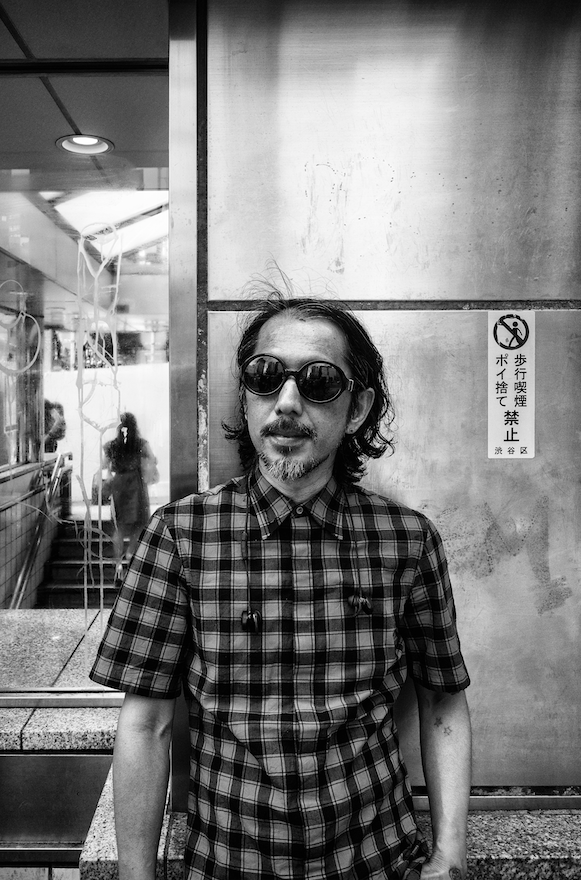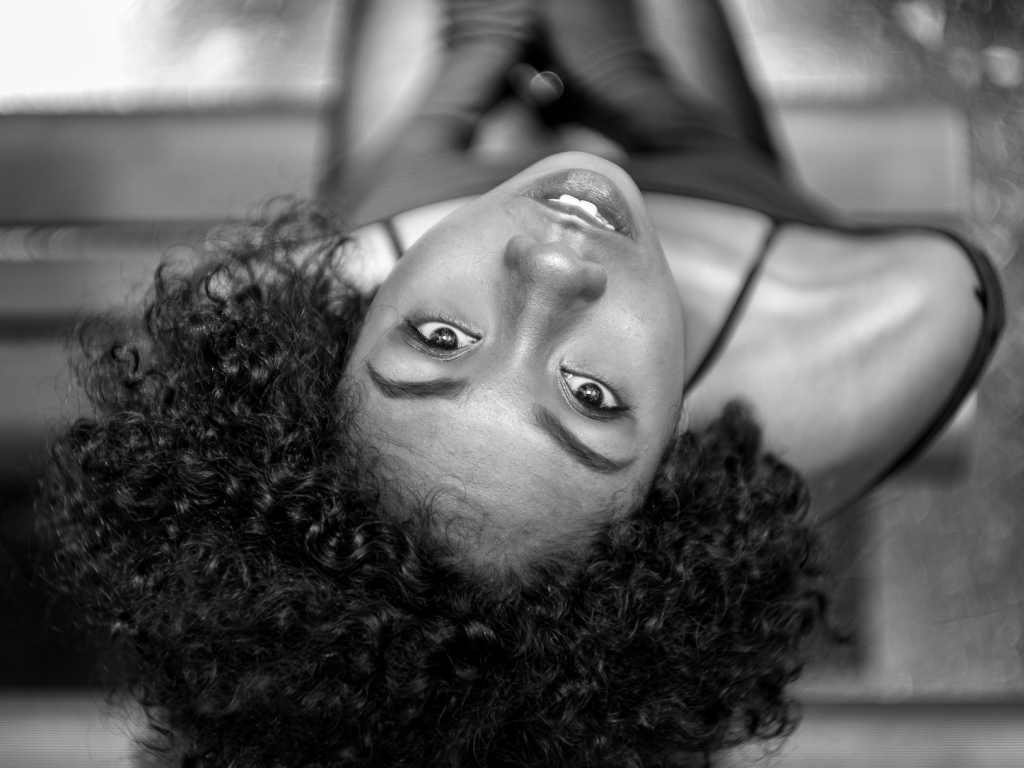Legendary war photographer Robert Capa once said, “If your photographs aren’t good enough, you’re not close enough.” Tokyo-based street photographer Deandre Scott points his camera so close to people that viewers can almost smell the subjects’ breath. His monochrome portraits turn the forehead, cheeks and jaw into varying landscapes. Expressed eyebrows become changing weather. Gathering clouds are alerted eyes peering at the camera. “Even if sometimes I might take a picture of someone and they’re not aware, I wait for them to look at me,” he says.
Scott, who is African American, has been living in Japan for 13 years. This homogenous country juxtaposes his small southern hometown of Tuscaloosa, Alabama. Living there from age 12, Scott says Asians were either marginal or invisible. “It was just black and white kids. I knew one Latino guy and I met him when I was 16,” he says.
Historically, Alabama, from Birmingham and Selma to Tuscaloosa, has been one of America’s bloodiest battlegrounds for the civil rights movement. Alabama’s former four-time governor, George Wallace, notoriously declared in his 1963 inaugural speech: “Segregation now, segregation tomorrow, segregation forever.” Nine years after Brown vs The Board of Education integrated schools in 1954, Wallace stood in the doorway of the University of Alabama in Tuscaloosa, blocking black students from entering.
In 2000, a federal judge rolled back Tuscaloosa schools’ court-ordered desegregation mandate, giving local districts complete authority to facilitate integration without any oversight. The court’s decision was like a disturbing flashback, further entrenching Tuscaloosa’s starkly separated racial communities. Scott says that train tracks divide the black side of town from the white. “It’s always been that way,” he says. “It’s still that way today.”
“One night the fire department came and my mother took me outside. Somebody had set this homeless man on fire. He was just burning on the side of our building”
Not too long after Scott was born in Tuscaloosa, his mother remarried and moved them to Trenton, New Jersey, a place that for years has had one of the highest murder rates in the US. “We lived in the ghetto,” Scott says. “One night the fire department came and my mother took me outside. Somebody had set this homeless man on fire. He was just burning on the side of our building.” Scott’s mother wouldn’t let him go anywhere.
Secluded in their apartment, Scott gravitated towards comic books and video games. He’d trace superheroes and villains until he could draw them on his own. Spider-Man was his guy. “He couldn’t fly, but I liked that he swung from buildings through the city. I just thought that was cool,” Scott says. In middle school, he and his mother moved back home to Tuscaloosa, closer to his father. Scott could finally play outside.
Still, he longed to escape the American South. “I just wanted to be able to travel and see as much of the world as I possibly could,” he says. Joining the Navy got him a $3,000 signing bonus. At the time, he was 19 years old working part-time at McDonald’s. He completed the 12th grade, but failed the high school exam to graduate. “When the Navy recruiter said that I’d get three thousand dollars just to sign up, I was sold. I had never seen that much money,” he says. On his way to basic training, he flew to Chicago – his first time on an airplane. Later he was stationed in Yokosuka, Japan, nearly 50 miles south of Tokyo.
“It felt surreal when I first came to Japan because this was my first experience of being in the big city. I was shocked and excited,” he says. As a fan of martial arts movies and video games, he had always wanted to visit Japan. It was where he’d meet the mother of his children and become a proud father. But while his partner was in labor, he was unable to get leave from base, which caused him to miss the birth of his daughter. It motivated him to start taking pictures of his children, which is how he got hooked on photography and began to develop his craft.
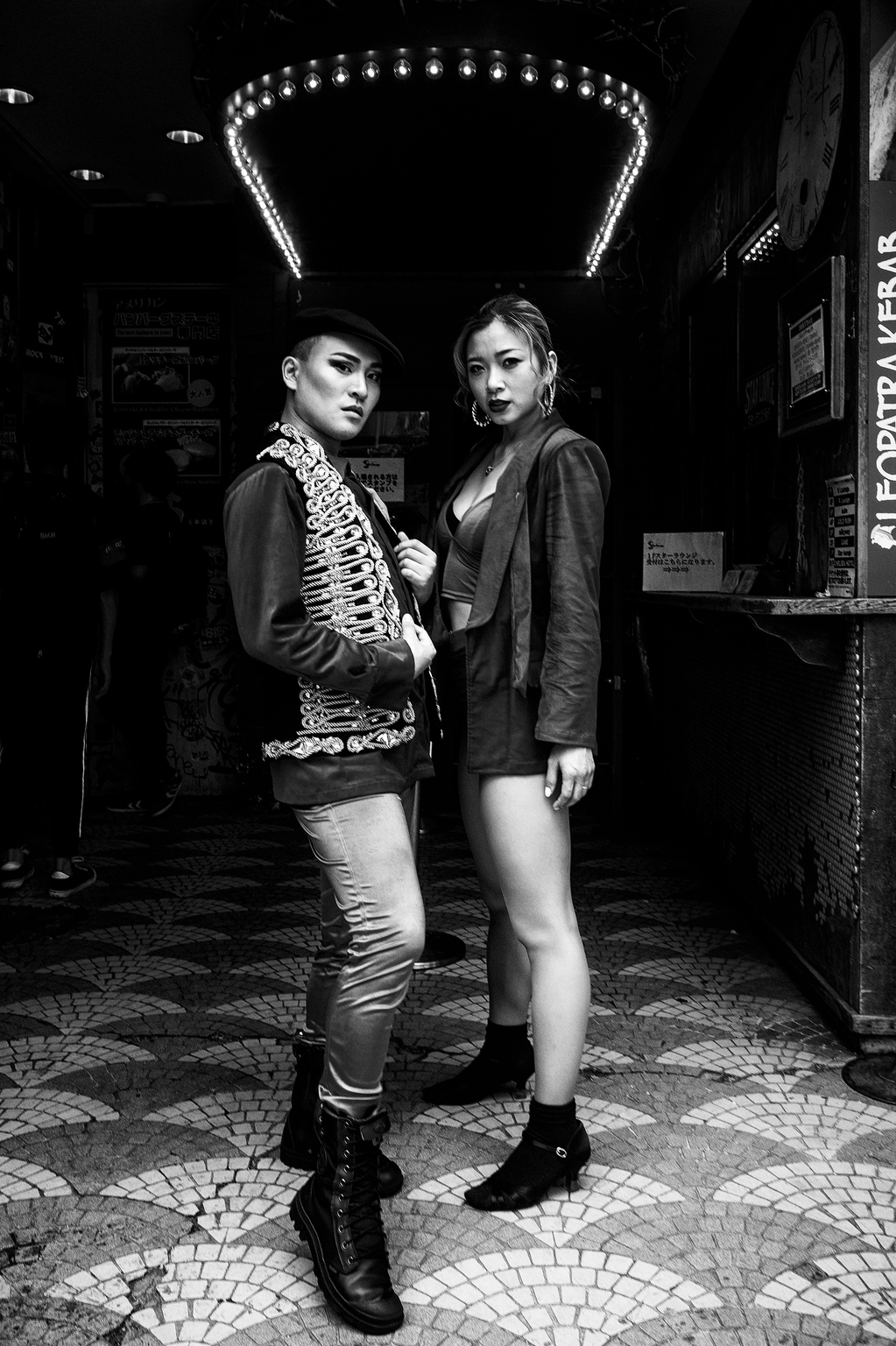
“I had never looked at it as art. I thought cameras were for documenting your own personal moments.” With a borrowed lens and shooting tips from a friend, he ventured out into the city to explore this newfound passion. He started researching artists like Gordon Parks, Bruce Davidson and Elliot Ewitt, famed photographers who were known for clicking shots within the intimate sphere of a subject’s personal space. They helped invent a new form of street photography that sometimes led them to getting punched in the face (Scott has never been attacked, but after taking a Chinese woman’s picture, she tried taking him to a police station).
Shooting flicks of Fukushima right after 3/11 and Tsukiji’s fish market were formative experiences. Photography became his way of having a conversation with the foreign country that became his home. Eventually he bought a used Leica M9 camera and produced Snap (2014), a self-published debut book of street photography that he says has been received well.
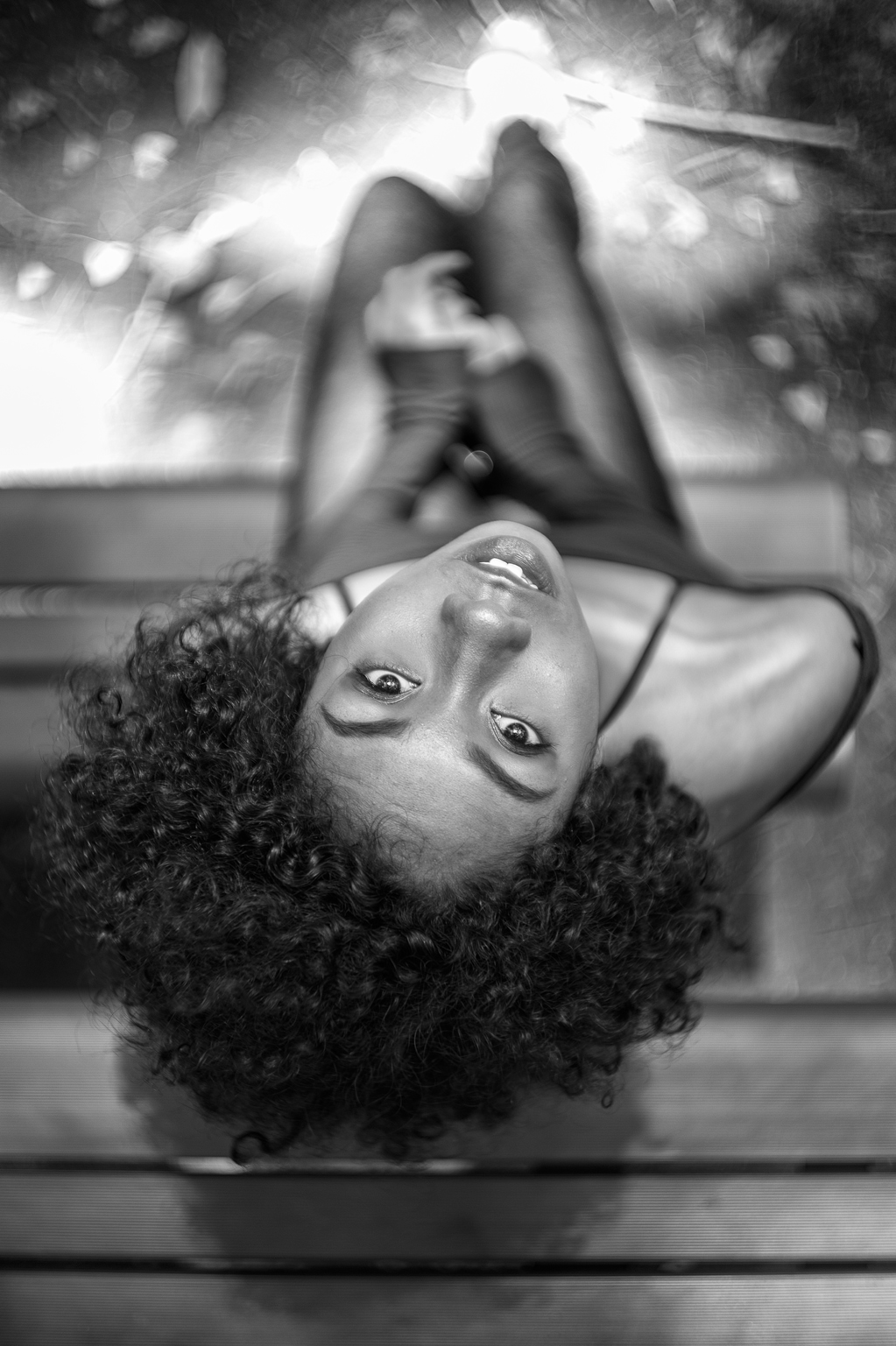
After retiring from the Navy, Scott got his GED certificate and later graduated from Temple University in Tokyo, earning a bachelor’s degree in political science. He’s traveled to Hong Kong, Russia, Singapore, Australia, all over Japan and to various other places. When asked why he left the Navy he says, “I wanted to live my life on my own terms.” Now the father of a teenage daughter and son, Scott has been taking photos for eight years.
He’s always with a digital or film camera, because, “You never know what’s going to happen.” Like the pop artist Mr Brainwash, minus the overt compulsion, Scott has amassed an archive of images that show the atmosphere of individuals whose worlds are effectively conditioned to reflect each other. Followers of his work have compared him to pioneering New York street photographer Bruce Gilden. Scott is aware of the parallels and appreciates the compliment, but he intersects at, “I want my own lane…. The beauty of photography is that everybody does it differently.”
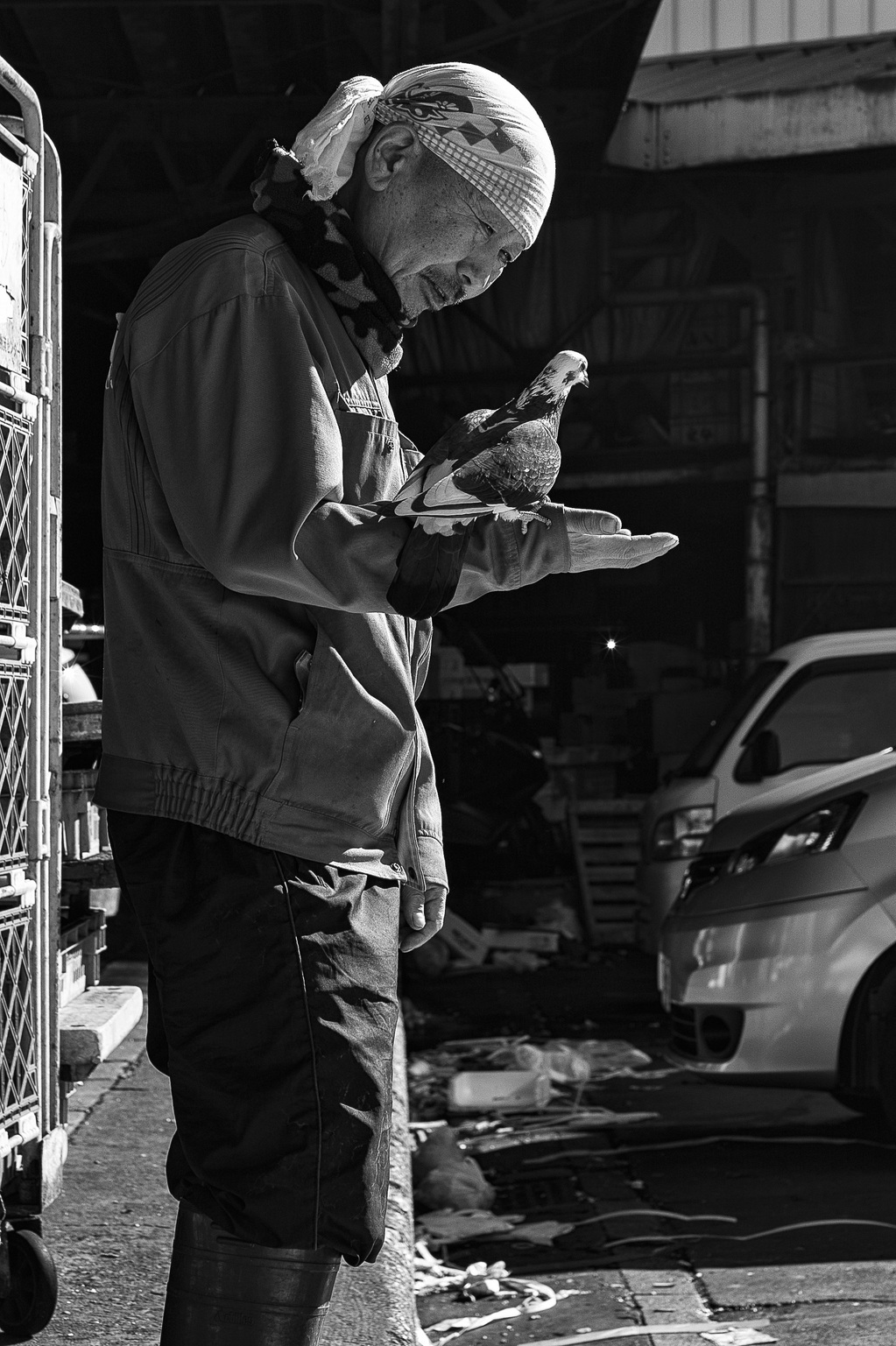
Scott works mostly in black and white. To him, color detracts the viewers from focusing on the subject and composition. He plays with the gradients of shadow and light. On the street, light determines his position from which to click. “If someone sees me trying to take a picture, they’ll try and avoid walking in my way. If I find an area where I like the light, I notice that people will walk towards it. So I wait and I can sit there and shoot.”
Deandra Scott’s second book, Memories From Yesterday, was released in late 2018. Find him on Instagram at @tokyomemoirs
